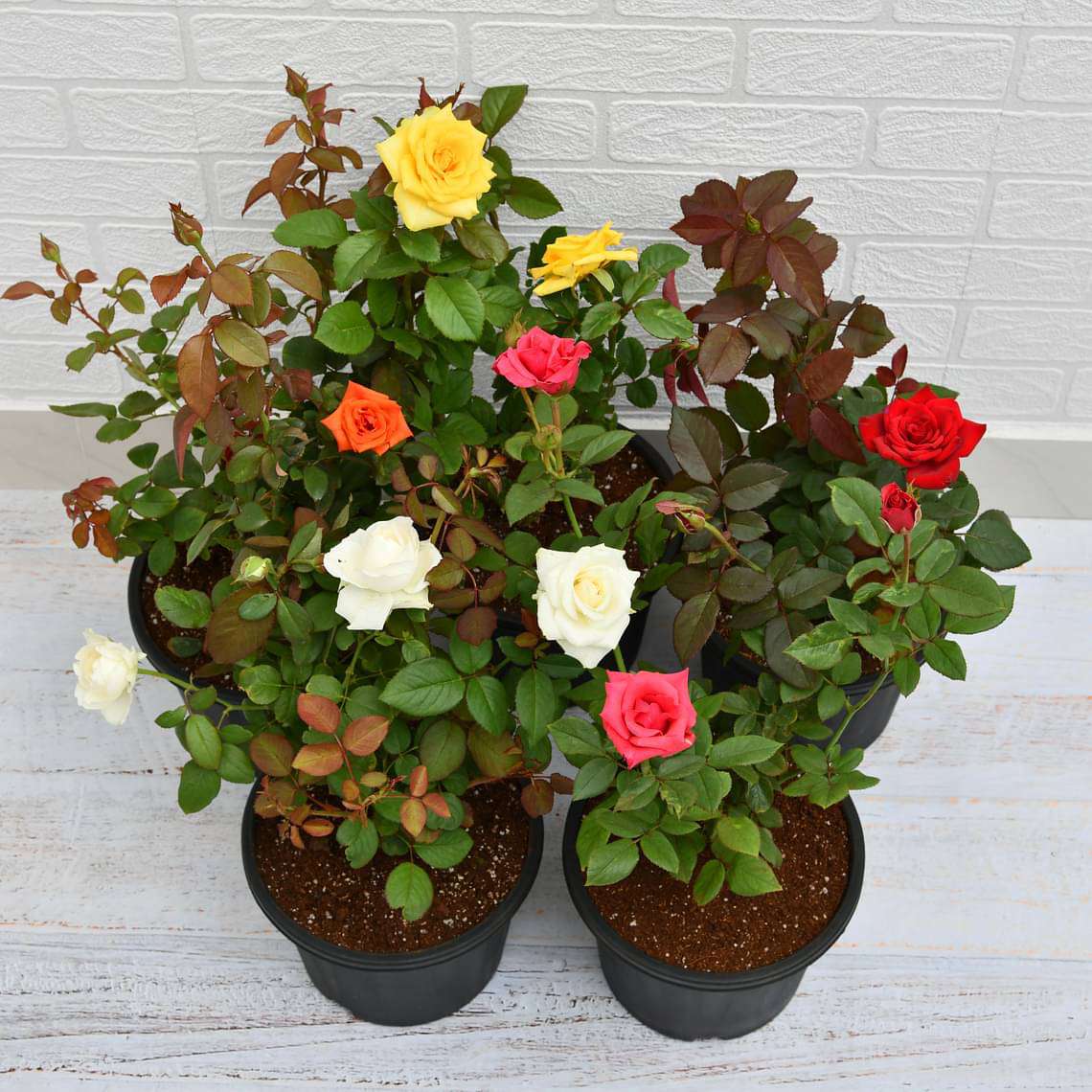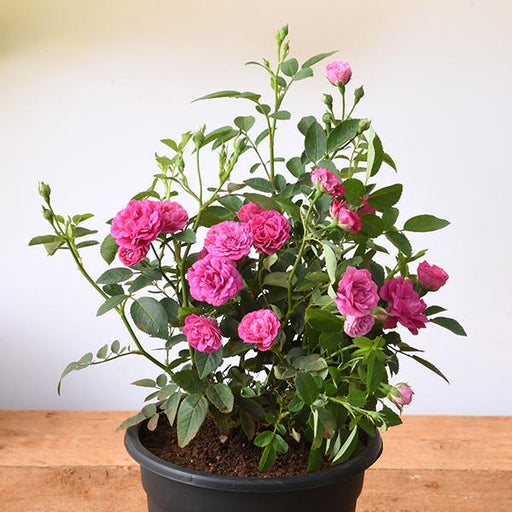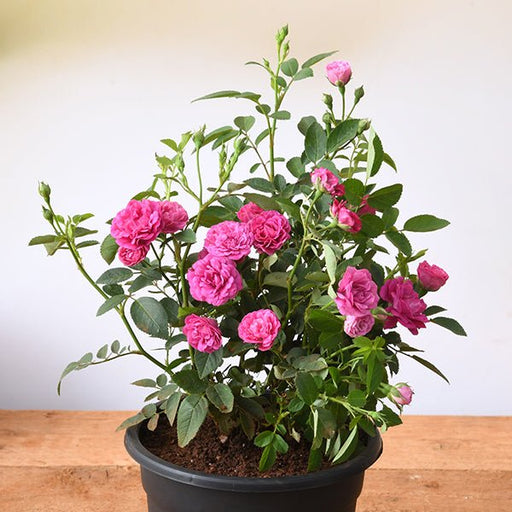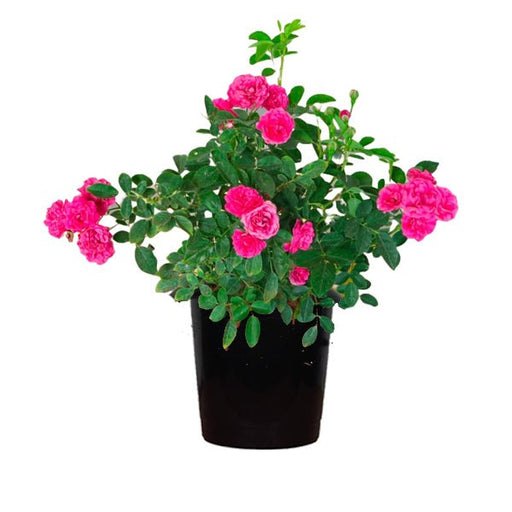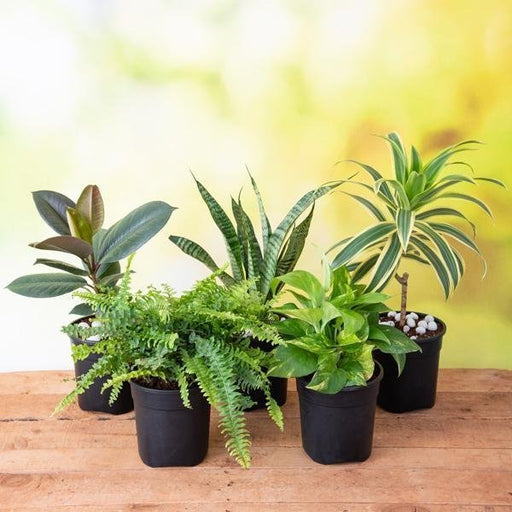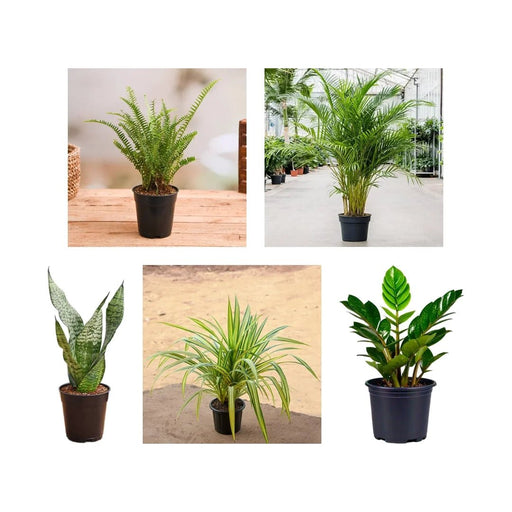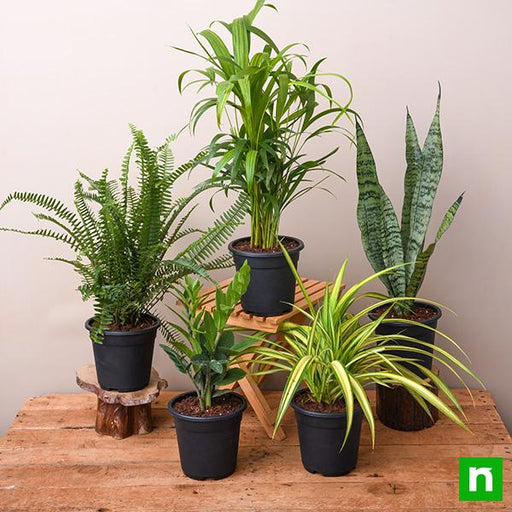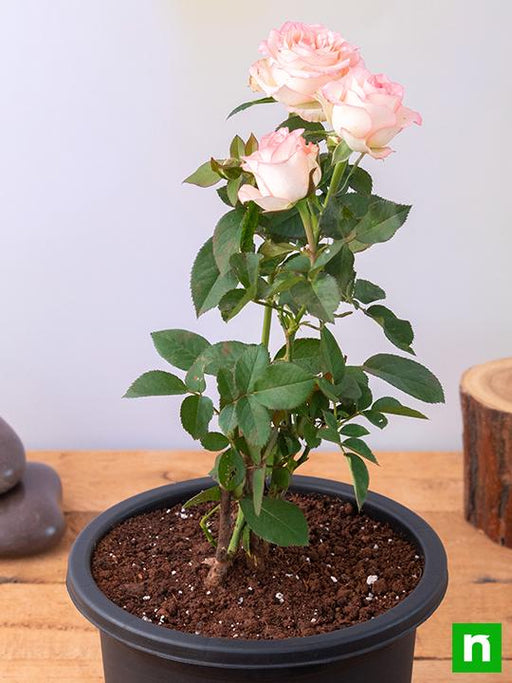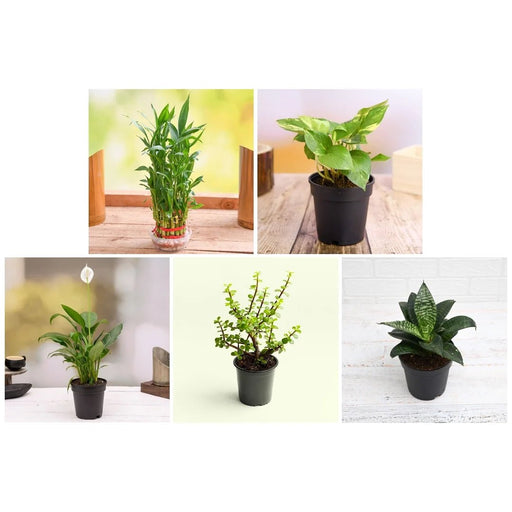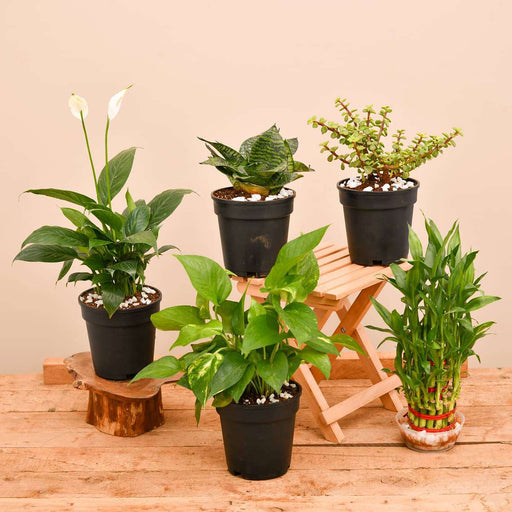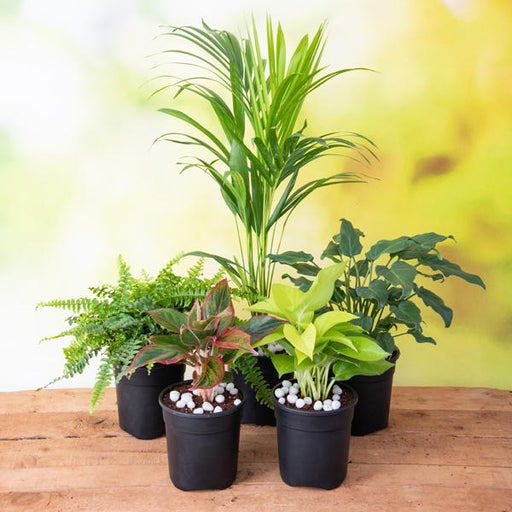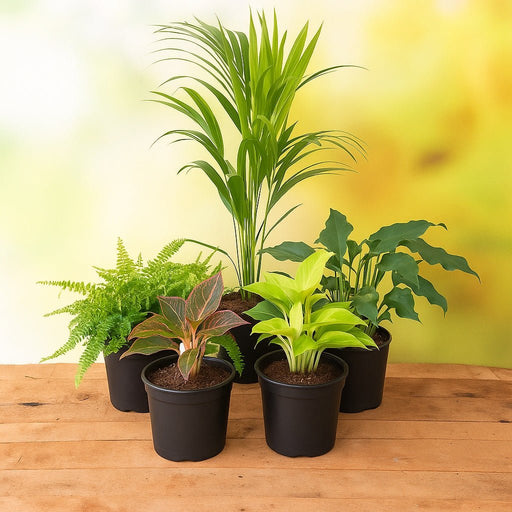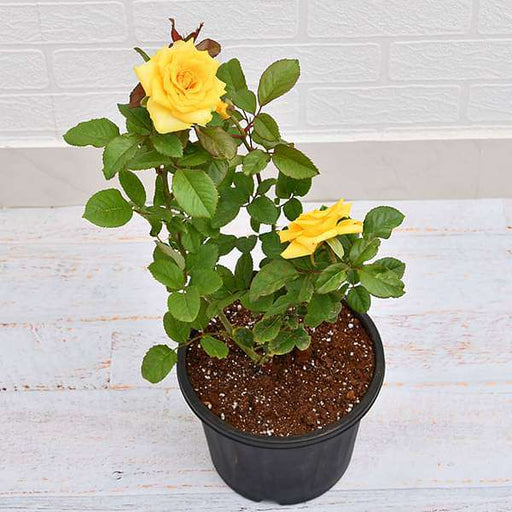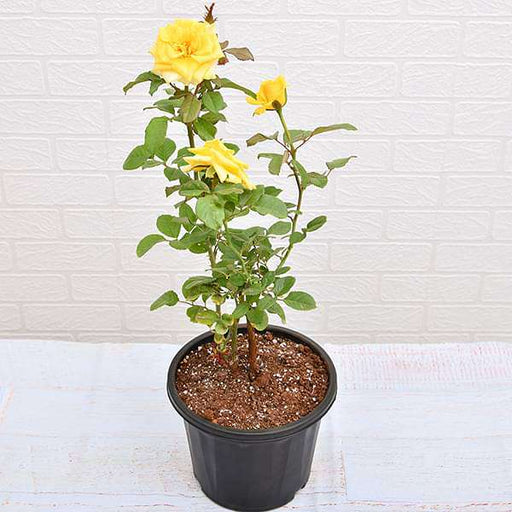Types of Roses
There are many types of roses that can be grown in a rose garden, including hybrid tea roses, floribunda roses, grandiflora roses, and climbing roses. Each type has its own unique characteristics, such as bloom size, color, and growth habit.
Rose Garden Design
Designing a rose garden can be a fun and rewarding project. It's important to consider factors such as sunlight, soil quality, and available space when planning your garden. A well-designed rose garden can add beauty and fragrance to your outdoor space.
Rose Garden Care
Caring for a rose garden requires regular maintenance, such as watering, fertilizing, pruning, and pest control. Proper care can help your roses thrive and bloom throughout the growing season.
Rose Garden Ideas
There are many creative and unique ideas for designing and decorating a rose garden. From incorporating garden structures like arches and trellises to using companion plants like lavender and daisies, there are endless possibilities for making your rose garden stand out.
Rose Garden Landscaping
Landscaping a rose garden involves creating a cohesive and attractive design that complements the surrounding landscape. Consider factors such as color scheme, texture, and height when selecting plants and garden features.
Rose Garden Maintenance
Maintaining a healthy and vibrant rose garden requires ongoing attention and care. Regular pruning, fertilizing, and pest control are all essential tasks to keep your roses looking their best.
Rose Garden Tips
There are many tips and tricks for growing beautiful and healthy roses in your garden. From selecting the right varieties to using organic pest control methods, there are many ways to ensure your roses thrive.
Rose Garden Trellis
A trellis is a popular garden structure for supporting climbing roses. It can add height and interest to your garden while also providing support for your roses as they grow.
Rose Garden Walkway
A walkway can add a beautiful and functional element to your rose garden. Choose materials that complement your garden design and create a path that invites visitors to explore your garden.
Rose Garden Fertilizer
Fertilizing your roses is an essential part of rose garden care. Use a high-quality fertilizer that provides the nutrients your roses need to thrive and bloom.
Rose Garden Pruning
Pruning your roses is an important task that helps promote healthy growth and flowering. Proper pruning techniques can help your roses look their best and prevent disease.
Rose Garden Companion Plants
Companion plants can help enhance the beauty and health of your rose garden. Choose plants that complement your roses and provide additional benefits like attracting pollinators or repelling pests.
Rose Garden Pest Control
Keeping pests under control is essential for maintaining a healthy and vibrant rose garden. Use organic pest control methods whenever possible to protect your roses and the environment.
Rose Garden Soil
Soil quality is a crucial factor in the health and growth of your roses. Test your soil and make amendments as needed to ensure your roses have the nutrients they need to thrive.
Rose Garden Watering
Proper watering is essential for keeping your roses healthy and hydrated. Water deeply and regularly, especially during dry spells or hot weather.
Rose Garden Sunlight
Roses need plenty of sunlight to grow and bloom. Choose a location for your rose garden that receives at least 6 hours of direct sunlight each day.
Rose Garden Mulch
Mulching your rose garden can help retain moisture, regulate soil temperature, and suppress weeds. Use a high-quality mulch like shredded bark or compost.
Rose Garden Disease Control
Keeping disease under control is important for maintaining the health and beauty of your rose garden. Use preventative measures like proper spacing, good air circulation, and regular pruning to help prevent disease. If you do notice signs of disease, take action immediately to prevent it from spreading.
Rose Garden Winter Care
Winter can be a challenging time for roses, but with proper care, they can survive and thrive through the colder months. Mulch around the base of your roses to protect the roots, and prune back any dead or damaged branches to promote new growth in the spring.
Rose Garden Bloom Time
Different types of roses have different bloom times, so it's important to choose varieties that will bloom throughout the growing season. Plan your rose garden to ensure you have a mix of early, mid-season, and late-blooming varieties to enjoy all summer long.

